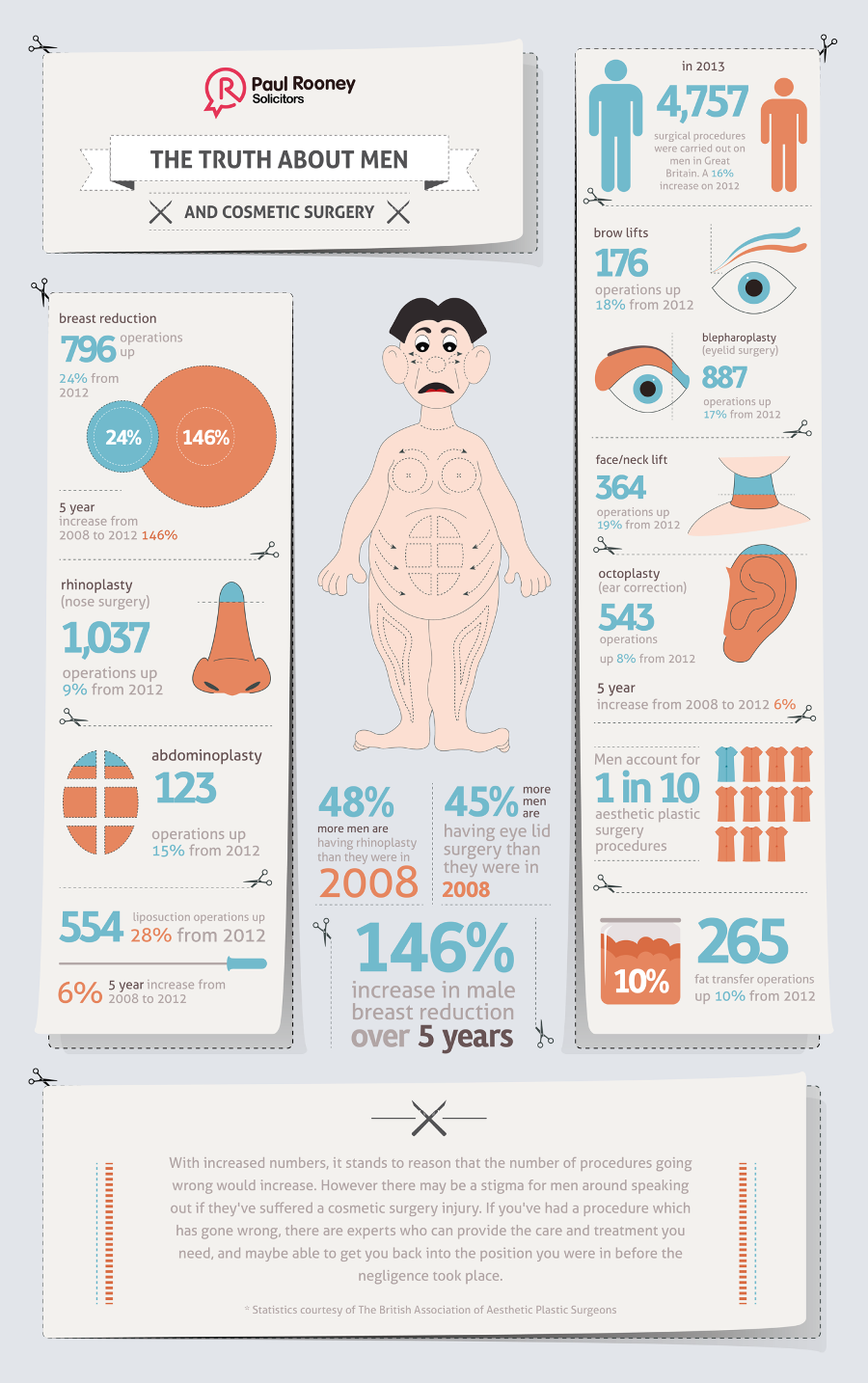Does Sugar Cause Acne
Does Sugar Cause Acne
Blog Article
Causes of Acne on Cheeks
Acne outbreaks in the cheek location are triggered by many things, from touching your face frequently to not changing your pillowcase commonly sufficient. Picking at imperfections raises your threat of infection and scarring, and certain drugs can intensify dark places (postinflammatory hyperpigmentation).
Thankfully, there are several means to prevent and treat cheek acne. These include:
1. Hormonal Changes
Acne is mostly triggered by hormones, particularly those generated during adolescence and maternity. For some, a family history of acne may also contribute to their condition. Anything that obstructs pores, such as oil-based skin treatment items or ceraceous hair items, can cause acne. Numerous topical therapies, like benzoyl peroxide and salicylic acid, can deal with microorganisms and unclog pores. Those with extreme or persistent acne needs to look for therapy from their physician.
Avoid touching or squeezing your acne, as this can press several of the bacteria deeper into the skin, leading to a more extreme breakout. It is likewise crucial to change pillowcases consistently and utilize tidy make-up brushes. You should also attempt to stay clear of irritants such as friction from using a headgear or limited collar.
2. Diet
The oily, sweet foods that many people assume trigger acne might actually not do so. As a matter of fact, studies have shown that eating a diet plan abundant in entire, nutrient-dense foods assists to avoid outbreaks.
Foods high in the glycemic index (such as white bread, corn flakes, blew rice and potatoes, doughnuts and various other breads) elevate blood glucose degrees quickly, and this can raise hormonal agents that boost oil manufacturing and cause acne.
Consuming alcohol cow's milk has actually also been connected to increased acne breakouts. If you are a regular cow's milk drinker, you might wish to attempt changing to low-fat or nondairy alternatives that are strengthened with calcium. On top of that, consuming alcohol even more water can aid to lower acne because it aids to maintain the skin hydrated.
3. Excess Oil
While oil is crucial for healthy and balanced skin, it can become a trouble when way too much sebum blends with dead skin cells and obstructs pores. This combination can develop blackheads, whiteheads and pimples. The obstructed pore wall can break down and spill microorganisms, dead skin cells and sebum into surrounding skin. This leads to a red bump called a pimple. Often these red bumps have pus in the facility from a microbial infection. Bigger infected bumps that look like acne are called cysts.
There are numerous things that can create excess sebum and clogged pores, including hormonal agent variations, diet plan and day-to-day routines. Some examples consist of touching the face often, resting your hand on your cheek, using dirty make-up brushes and not altering pillowcases frequently.
4. Stress
If you're handling throbbing acnes or a multitude of blackheads and whiteheads, it may be time to talk to a skin doctor. They can advise an efficient treatment that suits your skin kind. Practicing leisure and stress-reduction methods likewise helps.
Acne can take place in the cheeks because of friction and stress, such as when an individual touches their face frequently or puts on a hat or sporting activities helmet that scrubs against the skin. It can additionally appear where oily cosmetics and creams rub versus the skin.
Prevent squeezing acne, as this can press contaminated material deeper right into the skin and result in scarring. Rather, see a medical professional to discover preventative therapies like medicine, skin care items and way of life adjustments. Consuming a healthy diet regimen of whole foods, getting 7 to nine hours of rest and using noncomedogenic make-up and skincare items can all help reduce acne breakouts.
5. Hair Products
Hair items are not typically taken a reason for outbreaks, however they can add to acne on the cheeks in some people. Pomade acne, which is defined by small shut comedones and papulopustules, is typically caused by using oily hair products which contain comedogenic ingredients such as particular oils and acetylated lanolin.
Selecting hair items that do not have these potentially comedogenic ingredients is a vital action toward reducing outbreaks. Additionally, ensuring that hair items aren't can be found in contact with the skin can assist protect against outbreaks. As an example, wearing a headscarf or hood in the evening can restrict hair-to-face contact and lower the possibility that leave-in hair products best facial near me will abrade onto the face.
Along with using a non-comedogenic cream and cleaning with an acne face clean, various other helpful techniques include: